February 7, 2025
The magic of Dior boutiques
How history, design and strategy create a brand’s world
Luxury brands’ boutiques are more than just shops – they are showcases that embody a brand’s values, heritage and aesthetic. Fashion houses such as Dior, Chanel and Louis Vuitton treat their boutiques as central elements of their business strategy, designed to both sell products but also to enhance their image and build lasting relationships with their customers. In a world where differentiation is vital, boutiques become places where the shopping experience is key to satisfying customers with high expectations of their favourite brands.
Each luxury boutique is also a manifestation of vision and innovation. These spaces are designed to immerse visitors in the brand’s world, offering more than just products: stories, emotions and unforgettable experiences. What has the Dior brand’s journey been like from its first boutique on Avenue Montaigne to the flagship shops that today delight with their grandeur and set the standard for luxury retail?
The first step: Avenue Montaigne 30
The history of Dior’s shops begins in 1946, when Christian Dior opened his first salon on Avenue Montaigne in Paris. It was here, in the city that was the heart of fashion, that the concept of a luxury boutique was born, which was also a meeting space – an elegant retreat where art, fashion and architecture merged into a harmonious whole. The décor of the first boutique was inspired by the classic Louis XVI style, which reflected the founder’s taste and fascination with his French heritage. Soft greys, delicate cream accents and refined mirrors created an atmosphere of intimacy and luxury.
An era of expansion: from Paris to Tokyo
As early as the 1950s, Dior began its global expansion, opening boutiques in London, New York and then Tokyo. Each of these shops retained the essence of Parisian chic, but at the same time introduced elements that drew on local culture. The Tokyo boutique was inspired by the minimalism of Japanese design – with simple lines, natural materials and a space that encouraged contemplation. In New York, on the other hand, modernism dominated, emphasising the dynamism of the city.
The décor of Dior boutiques is the result of harmonious collaborations with top architects and artists. One of the brand’s most important collaborators is Peter Marino, considered a master in the creation of luxury spaces. Marino designs Dior boutiques as true works of art: interiors are filled with marbles, hand-woven carpets and works by contemporary artists such as Damien Hirst and Claude Lalanne. Marino introduces elements specific to local cultures, which at the same time harmonise with Dior’s classic aesthetic. Teams of lighting and acoustic specialists are also involved in the interior planning to create the optimum atmosphere for customers.
Shop design begins with an in-depth analysis of the location. Issues such as customer flow, local culture and even the weather conditions prevailing at different times of the year are important. The design is not only intended to aesthetically delight, but also to influence customers’ purchasing decisions. Subdued colours and pleasant music relax customers, encouraging them to stay longer, while displaying key products in central interior locations increases sales. A boutique is a shop, a point of sale for merchandise – in Dior’s case, it is also a place where the customer spends time, savouring the pleasant experience of buying an exclusive product.
The challenges of two worlds
When e-commerce began to boom in the 21st century, many luxury brands wondered which way to go. The speed and convenience of online shopping meant that there was reason to doubt the wisdom of investing in expensive boutiques. Consumers increasingly chose to be able to browse and buy products from anywhere in the world, raising questions about the need to maintain physical locations. On the other hand, it was difficult to allow the idea that a luxury product would be purchased in such an impersonal and emotionless way.
Dior has adopted a strategy that combines the two worlds, but still places a strong emphasis on the unique experience offered by boutiques that exude exclusivity. The brand has recognised that in the age of the internet and rapidly developing new technologies, stationary shops can become more than just a place to sell. For Dior, a boutique is a space where the customer can experience the essence of the brand with all their senses. In an age where e-commerce offers convenience, Dior has placed a premium on emotion and experience. It is in boutiques that customers can see, touch and feel luxury, and benefit from an exclusive service that no algorithm can replace.
Dior brilliantly combines the potential of stationary shops with the growing importance of e-commerce. The Dior online shop is not only a sales platform, but also a virtual space that continues the luxury experience offered in boutiques. Every element of the website – from its elegant design to the way products are presented – reflects the brand’s aesthetic.
The stationary shops act as places where customers can immerse themselves in the physical experience of the brand: trying on clothes, seeing the details of the craftsmanship and receiving personalised advice. The online shop, on the other hand, offers access to the full range, allowing customers to shop from anywhere in the world. Dior uses technology to bring the two worlds together – for example, it allows customers to order online and pick up products in boutiques, which encourages them to visit physical locations and thus interact with the world of the brand.
Temples of luxury
Research shows that properly designed interiors have a huge impact on customers’ purchasing decisions. Thoughtful layouts of spaces encourage exploration of the offerings, while luxurious materials and details emphasise the value of the products. In the Dior boutique, every element – from the lighting to the placement of the mirrors – is carefully planned to create an atmosphere conducive to shopping. The impression of exclusivity makes customers more likely to invest in products that are presented in the right environment.
In 2022, the brand reopened its historic boutique at 30 Avenue Montaigne after an extensive renovation. Entering the boutique is like crossing the threshold of a palace – an imposing door leads to a space where luxury and art come together in perfect harmony. The customer is welcomed into a lobby dominated by a spectacular crystal chandelier suspended above marble floors.
The interior of the boutique has been designed so that every corner tells the story of the brand. A spiral-shaped staircase, inspired by haute couture cuts, leads to successive levels. Each is dedicated to a different category – from clothing collections to jewellery and accessories. The showrooms are decorated with unique works of art, including paintings and sculptures specially commissioned for the boutique.
An exclusive highlight is the ‘VIP Lounge’ – an intimate space designed for the most discerning customers. In addition, the boutique offers a restaurant serving French-inspired dishes and a garden – a green oasis in the heart of Paris.
In Dubai, Dior transports customers into a fairytale world of luxury. The space is characterised by an extravagant combination of traditional Arabian motifs and modern design. Geometric patterns, gold accents and huge glass surfaces create a sense of glamour. Customers can enjoy private VIP lounges, where the shopping experience takes on an intimate feel. Dior’s flagship boutique in Shanghai impresses with its modern approach to luxury. The building’s futuristic façade, inspired by pleated haute couture fabrics, demonstrates the designers’ mastery. The space also hosts limited edition collection launches and art events, making it one of the brand’s highlights on the world map.
Dior’s recently opened boutique in the centre of Bangkok, in the prestigious Siam Paragon, features an interior that is quintessentially French chic combined with elements evocative of Thai culture. Hand-carved panels on the walls, inspired by traditional Thai patterns, combine with modern details such as mirrored surfaces and minimalist lighting. The centrepiece is an art installation with floral motifs, referencing Christian Dior’s passion for gardening. The boutique also features exclusive relaxation areas where customers can relax with a cup of tea before making purchasing decisions.
A costly strategy
The boutiques are not only sales spaces, but also key elements of Dior’s business strategy. Opening such chic shops requires an expensive investment, which raises concerns about their profitability. However, the brand realises that there are other stakes at stake as well. The boutiques have a powerful marketing effect that impacts revenues globally.
Creating beautiful boutiques has an important purpose – to immerse customers in the brand’s world and emphasise its values. Beautiful interiors reinforce Dior’s image as a fashion house offering the highest quality and luxury. Dior focuses on a personalised approach to the customer, offering concierge services, private presentations of the collections and the opportunity to shop in the intimate environment of the VIP lounges. In this way, boutiques become places that build an emotional connection with customers and make the shopping experience unique.
Inspiration
Dior’s boutiques become an inspiration for other brands, showing how to stand out in a competitive environment. Companies from different sectors can learn from Dior how to combine design, quality of service and emotion in a shopping experience that translates into lasting customer relationships and brand loyalty. Each Dior boutique is a tribute to the brand’s heritage, but also a space that sets new standards in the world of luxury. Any brand that sells goods in shops, regardless of the market segment in which it operates, can benefit from Dior’s experience and tell its own story by evoking emotions in customers. Dior tells a story by taking customers on a journey into a world where every detail speaks of a love of beauty, innovation and timeless elegance. Upon entering the boutique, every customer becomes part of this story, if only for a moment. And it is this magic that makes Dior a brand that continues to inspire the world.
photos courtesy of Dior
Text: Adrian Kolodziej
Managing Director at Luxury Media





